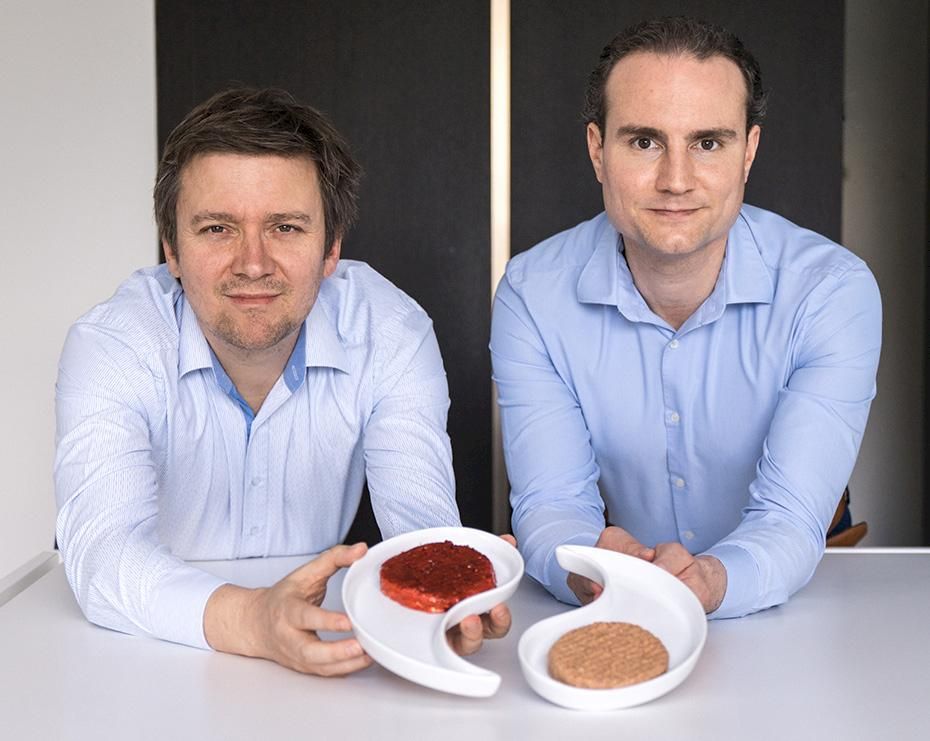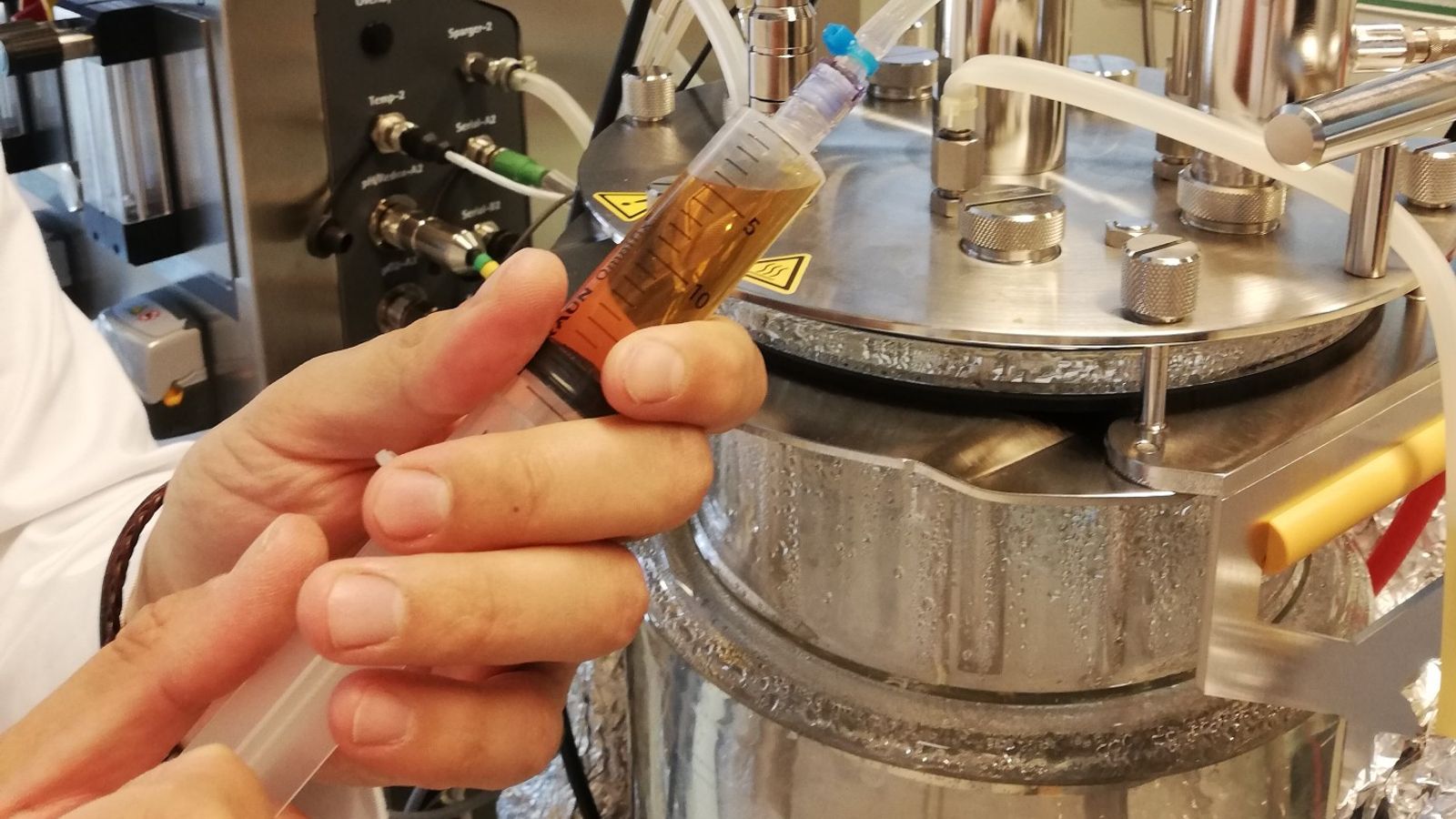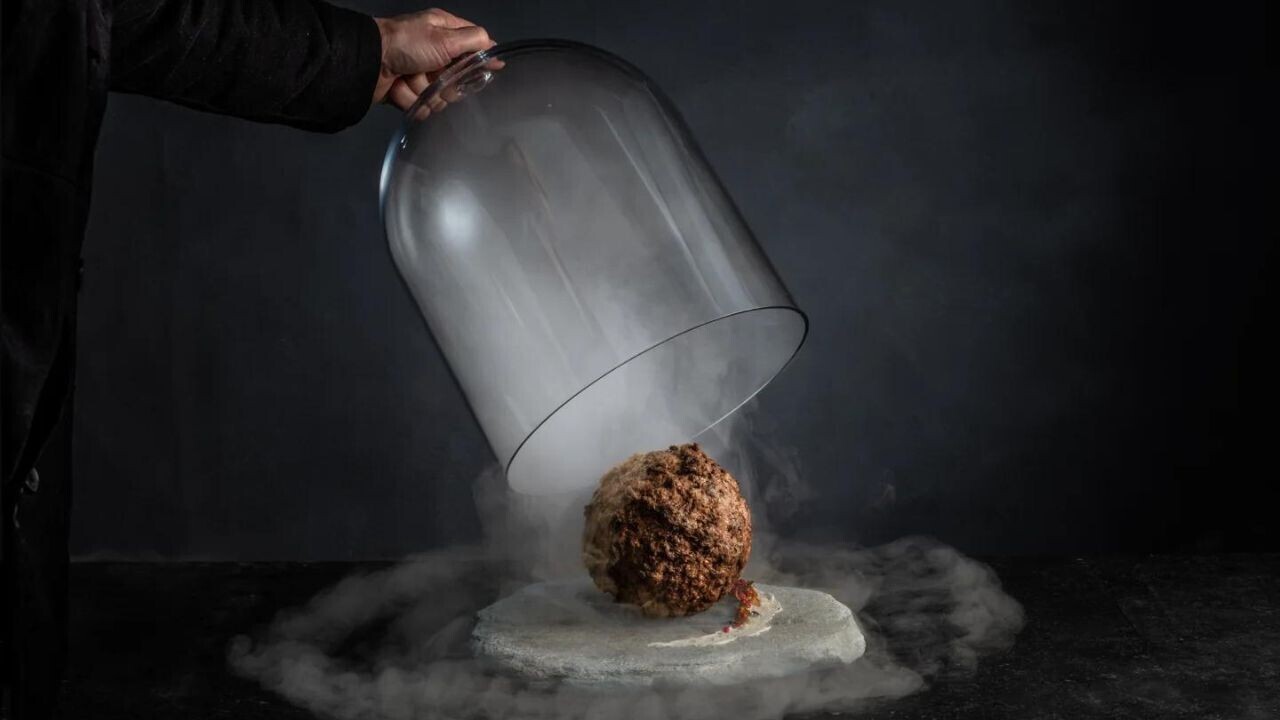A bitter feud has erupted over who first resurrected the woolly mammoth — as a meatball.
The de-extinct delicacy was unveiled last week at Nemo Science Museum in the Netherlands. Naturally, no mammoths were harmed in the making of this product — and nor were any other animals. In lieu of dead flesh, an Australian startup called Vow produced the meatball from DNA.
First, the team identified the DNA sequence for mammoth myoglobin, a protein that creates a meaty taste. To fill in some gaps in the sequence, they added genetic data from the African elephant — the pachyderm’s closest living relative. Using a low-current and high-voltage charge, they then inserted the gene into stem cells from a sheep. Finally, they multiplied and moulded the cells into a pasty.

It certainly looks the part, but did it pass the taste test? It seems an essential question, but it’s sadly one that remains unanswered. To the disappointment of daring diners, the meatball isn’t ready for human consumption.
That anticlimactic outcome sparked accusations that the whole endeavour was a publicity stunt. But the project team insists that their experiment serves an important purpose: showcasing cultivated meat’s potential to transform the food industry. They note that food production creates copious greenhouse gases and biodiversity loss. Cultivated meat, they argue, offers a sustainable alternative.
“Our aim is to start a conversation about how we eat, and what the future alternatives can look and taste like,” said Bas Korsten, a marketing executive who initiated the project. “Cultured meat is meat, but not as we know it. It’s the future.”
The meatball was created as a launchpad for the tech — and for Vow. With apparent justification, the company now claims it’s rewriting the rules of food. But a rival claims it’s also rewriting the rules of decency.

As Vow was being lauded in the Netherlands, a very different reaction was brewing across the border.
In Belgium, a scaleup called Paleo was considering legal action. The company was enraged by claims that Vow had showcased a mammoth protein for the first time.
Paleo argues that it developed the myoglobin tech two years earlier. The company had also filed patent applications at that time, which Paleo says have been publically available to competitors for almost a year.
Paleo contacted Vow before the event in the Netherlands. According to the Belgian scaleup, Vow’s legal team argued that the mammoth meatball “was not food” and dismissed Paleo’s claims.
“When we learned about the event, we were surprised,” said Hermes Sanctorum, CEO of Paleo. “We sent out a press release nine months ago to announce that we developed the exact same mammoth protein (myoglobin), based on our fundamental research and innovation.
“When Vow claim that no one has tasted mammoth myoglobin, this is simply not true. We developed the mammoth myoglobin and we tasted it in our lab.”

Vow has dismissed the allegations.
“The technology and innovation involved in Vow’s creation and presentation of the ‘mammoth meatball’ owes nothing to any technology or alleged invention by Paleo,” the company said in a statement.
“The ‘mammoth meatball’ was conceived, developed and created entirely by the hard work and ingenuity of Vow’s own scientists (and collaborators) and using a combination of publicly available genetic data and Vow’s own proprietary production processes.”
Paleo expressed some satisfaction with the response. The company said Vow had confirmed that it had not, in fact, showcased mammoth myoglobin for the first time. Nonetheless, Paleo feels that Vow crossed a red line — but the patents could prove difficult to enforce.

According to Vow, it has only been accused of adopting the idea of creating something with mammoth myoglobin. Vow argues that Paleo has no basis to claim that idea as its own.
In addition, the startup notes that an examiner at the European Patent Office deemed Paleo’s patent application was likely invalid. The Australian company described the application as an “attempted landgrab of outrageous proportions.”
“Patent rights exist in order to protect innovation and can (if granted and valid) protect truly new, innovative and proprietary ideas; but Paleo do not have any such patent rights,” Vow said in its statement. “Paleo has no granted patent in relation to mammoth myoglobin and therefore has no legitimate claim.”
Vow also criticised the pending application. If granted, the startup warned that the patent would prevent companies from using myoglobin from a wide range of animals — including pig, sheep, cow, chicken, tuna, and, of course, mammoth — as a meat substitute or food ingredient.
The feud will rumble on for now. Regardless of the outcome, the dispute has exposed the complexities of patenting food innovations.
Get the TNW newsletter
Get the most important tech news in your inbox each week.






